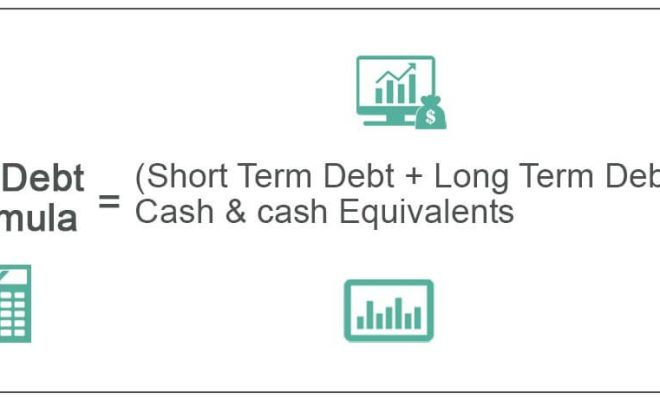When thinking about your home or any other space you occupy, understanding its size is crucial for a variety of reasons, whether you’re planning renovations, calculating heating costs, or choosing new flooring. However, sometimes we need to think about this area over a period, such as a year, which is where the term “square footage per year” (sf/yr) comes into play. This might sound complicated, but with the right approach, anyone can learn to calculate it accurately. Below are strategies and insights to simplify the process, and remember, precision is key in obtaining a useful measurement.

Manual Calculation
Before diving into more complex methods, let’s start simple. Calculating square footage per year manually is straightforward once you have the square footage of your space. You multiply this by the number of years in question to understand the cumulative effect of the space over time.
Detailed Steps:
- Measure the Length and Width: For a rectangular or square room, measure the length and width in feet.
- Multiply for Square Footage: Multiply the length by the width to find the square footage for one year.
- Multiply by the Number of Years: Take the square footage and multiply it by the number of years to get square footage per year.
Summary:
This method is beneficial because of its simplicity and doesn’t require any special tools. However, it assumes that the square footage remains constant over time, which might not account for renovations or changes in space usage.
Using a Digital Measurement Tool
Technology can help with precision. Digital tools often come with apps that guide you through measuring rooms and spaces, and some can calculate square footage per year directly.
Detailed Steps:
- Select a Digital Measurement Tool: Choose a tool or app that’s compatible with your smartphone.
- Follow the App Instructions: Measure the space as instructed by the app. It will calculate square footage for you.
- Input Time Parameter: Enter the number of years into the app to get square footage per year.
Summary:
Digital measurement tools are typically more precise and can save time. However, they may be less accessible for those uncomfortable with technology and typically require an initial investment.
Consultation with a Professional
Sometimes, it’s best to leave the task to a professional, especially when calculating something like the usable life or rent over a period of a year for commercial spaces.
Detailed Steps:
- Find a Professional: Look for an appraiser or a real estate professional.
- Provide Necessary Information: They will need details like space dimensions and how long you’re evaluating for.
- Review the Professional’s Calculation: They will do the calculations and provide you with the square footage per year.
Summary:
Professionals bring expertise and precision. The downside is the cost and the time to schedule a consultation.
Excel Spreadsheet
An Excel spreadsheet can be a reliable method for those comfortable with formulas and little tech-savvy.
Detailed Steps:
- Create a New Spreadsheet: Open Excel and create a new spreadsheet.
- Enter Dimensions: Input the length and width of the space in separate cells.
- Formula for Square Footage: Use a formula to multiply these values.
- Extend Formula for Years: Add another cell to multiply the square footage by the number of years.
Summary:
Excel does the math for you and is a good record-keeping tool. It can be complex for those unfamiliar with spreadsheet software, though.
Using an Online Calculator
Online calculators are easily accessible and can perform the calculations after inputting a few numbers.
Detailed Steps:
- Find a Reliable Online Calculator: There are many available with a quick search.
- Input Measurements: Enter the length and width of the space.
- Adjust Time Frame: Some calculators allow you to enter the number of years directly.
Summary:
This method is user-friendly and fast. However, online calculators can vary in quality, and the results might not be as reliable without verification.
Drawing to Scale
Creating a scale drawing is another way to visualize and calculate space over time.
Detailed Steps:
- Measure Your Space: Obtain the exact measurements of your room.
- Draw to Scale: Use graph paper to create a representation of your space, where one square can equal a foot.
- Calculate the Area: Count the squares to estimate square footage.
- Extrapolate Over Time: Multiply by the number of years for your square footage per year.
Summary:
Scale drawings provide a visual reference but are subject to human error and can be time-consuming.
Mobile Apps Specifically for Area Over Time
There are mobile apps designed to calculate area over time, and you can find them in your app store.
Detailed Steps:
- Download the App: Choose an app that has the functionality you need.
- Enter Room Measurements: The app should instruct you where to input your measurements.
- Set the Time Frame: Specify the number of years in the app.
Summary:
These apps can be very convenient but vary in accuracy and reliability. Always cross-reference the results.
Using a Laser Measure
Laser measures offer high precision and can often connect to other devices for more advanced calculations, including square footage over time.
Detailed Steps:
- Purchase a Laser Measure: Select a model that suits your needs.
- Take Measurements: Point the laser measure at each wall to get precise measurements.
- Calculate Square Footage per Year: Some models will do this automatically, or you may need to enter the measurements into another device or app.
Summary:
Laser measures are very accurate but can be costly and require some tech knowledge to operate effectively.
Hiring a Designer or Architect
For large projects or when accuracy is paramount, hiring a professional designer or architect can be invaluable.
Detailed Steps:
- Consult with a Professional: Discuss your project and its timeline.
- Provide Necessary Information: They will need detailed information about the space.
- Evaluate Their Calculations: They will supply you with the square footage per year figures along with professional advice.
Summary:
Designers and architects offer extensive knowledge and precise calculations, although this can be the most expensive option.
Understanding Lease Agreements
If your square footage per year calculation pertains to rental space, understanding lease agreements is vital.
Detailed Steps:
- Review Lease Terms: Look at how square footage is defined in your lease.
- Calculate Square Footage: Use the methods described above.
- Annualize the Calculation: Apply this figure to the term of the lease to understand your annual costs or obligations.
Summary:
This calculation is critical for financial planning and negotiations but can be complex due to the legal language involved.
In conclusion, understanding how to calculate square footage per year can seem daunting, but with the right tools and methods, it can be a straightforward process. Whether you use a simple tape measure and do the math manually, or you prefer the precision of a digital tool or the expertise of a professional, you now have multiple pathways to achieve this calculation. The chosen method will depend on the precision required and the resources available to you.
FAQs:
-
Q: Why would I need to calculate square footage per year?
A: This measurement can be useful for budgeting for renovations, determining rental property value, or calculating overall usage or wear and tear over time. -
Q: Can I calculate square footage per year for irregularly shaped rooms?
A: Yes, although it’s more complex. For irregular shapes, you need to break down the room into regular shapes, calculate each area, and then add them together before applying the yearly factor. -
Q: What’s the most accurate way to measure square footage per year?
A: The most accurate way would generally be to use a digital tool like a laser measure or to consult with a professional who can account for all the variables involved in the space and its usage over time.









